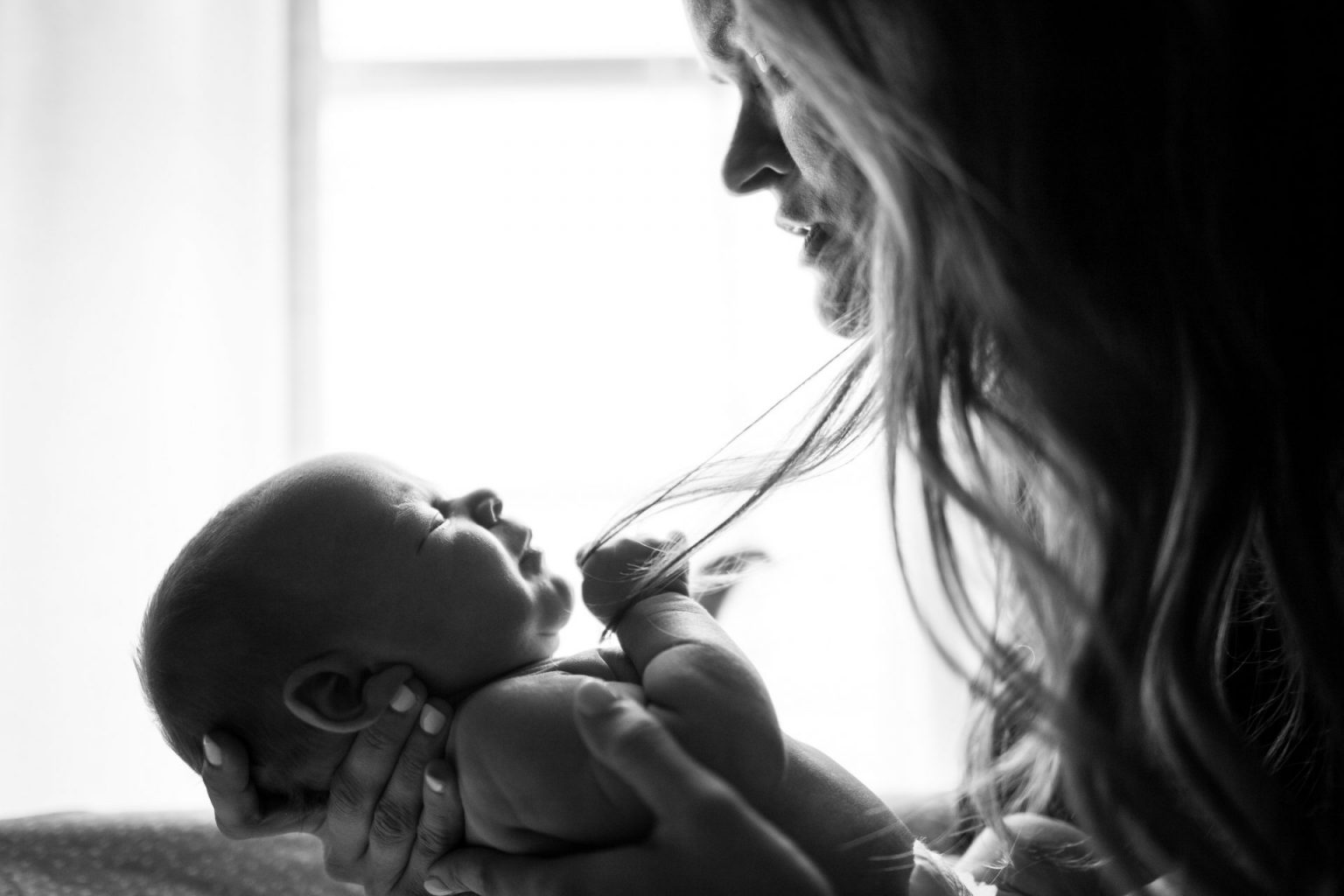Are Dream Feeds Good For My Baby?
Dream feeding is a technique that many parents choose to adopt with their little ones from a very early age. It can provide many benefits and, in most cases, will help improve baby’s sleep patterns. It is, however, important to not rely too heavily on this one method of sleep training and incorporate others into your little one’s night time routine. Let’s learn more about dream feeds and find out why they are so popular with parents around the globe.
What is dream feeding?
Dream feeding is the process of breastfeeding or bottle feeding a baby while they are asleep (or very close to it) in order to help them sleep longer throughout the night. This will generally result in longer sleep time for parents, and will encourage baby to begin forming a regular sleep pattern.
What are the benefits of dream feeding?
Benefits of dream feeding include:
Convenience – when you sleep feed, it’s best to do so at a time that’s convenient so that you can sleep longer. For example, feeding baby at 10pm just as you’re about to go to sleep yourself will allow you at least a few hours of contentment.
Extra calories – babies sleep well when they’ve got a full belly. If they feed just before bedtime, they’ll feel fuller for longer.
No response to crying – if you’re feeding baby before they go to sleep, it’s less likely that they’ll wake up hungry during the night. This aids in removing the issue of responding to baby’s cries with positive reinforcement (food). If you find that baby needs a second dream feed throughout the night, simply set your alarm for around 3am and catch them with a feed before they have a chance to wake up hungry and cry.
Tips for successful dream feeds
- Be sure to stop dream feeding when you notice your little one is settling into a regular sleep routine. They should be completely weaned off dream feeding by 12 months old.
- Keep your baby swaddled and comfortable throughout the dream feed. You only want to stimulate them enough in order for them to be able to feed.
- Incorporate dream feeds into your baby’s sleep routine as early as 6-8 weeks old and see how they respond. Try to get them in a dream feed cycle for at least a week before stopping attempts.
- Give a little less milk during early morning feeds than you would a regular feed.
- Always give your baby time to sit up and/or burp in order to allow any trapped air to escape before sending them back off to sleep.
So, what do you think? Are dream feeds something you’d like to try out with your baby in order to promote a healthy sleep routine? Let me know if you have any questions at all. I’m always happy to help.
Sleep sweetly and deeply, my dears!

